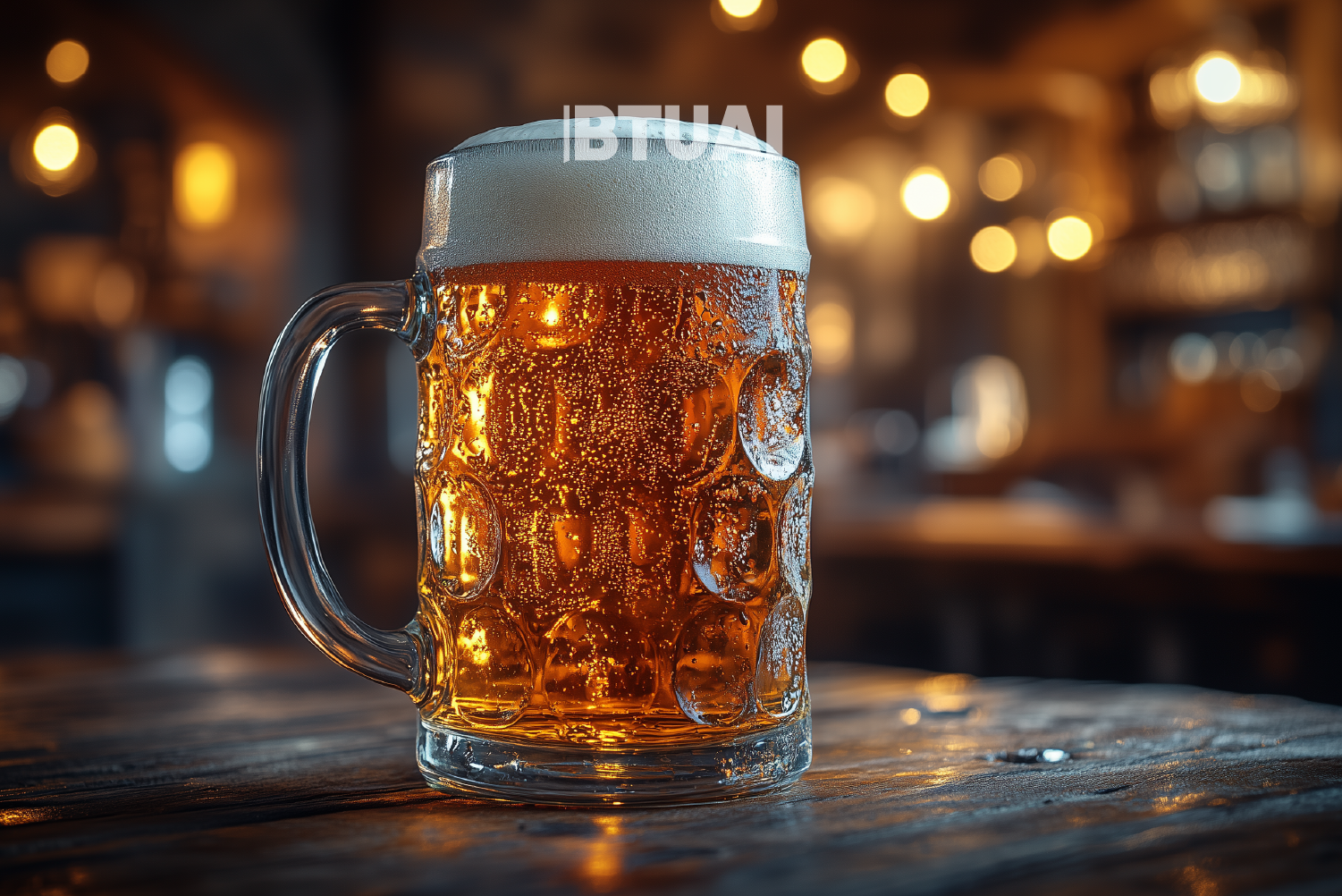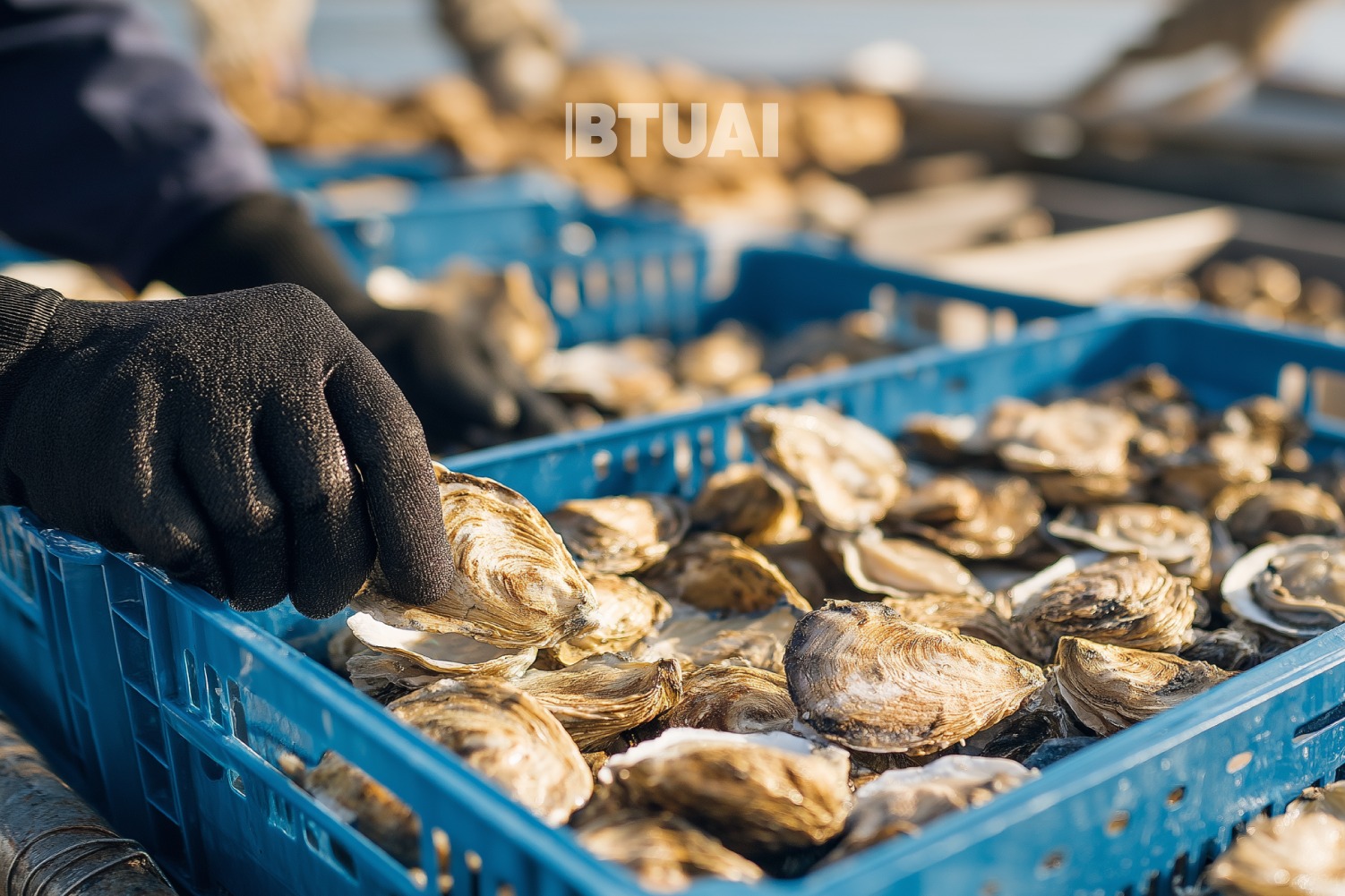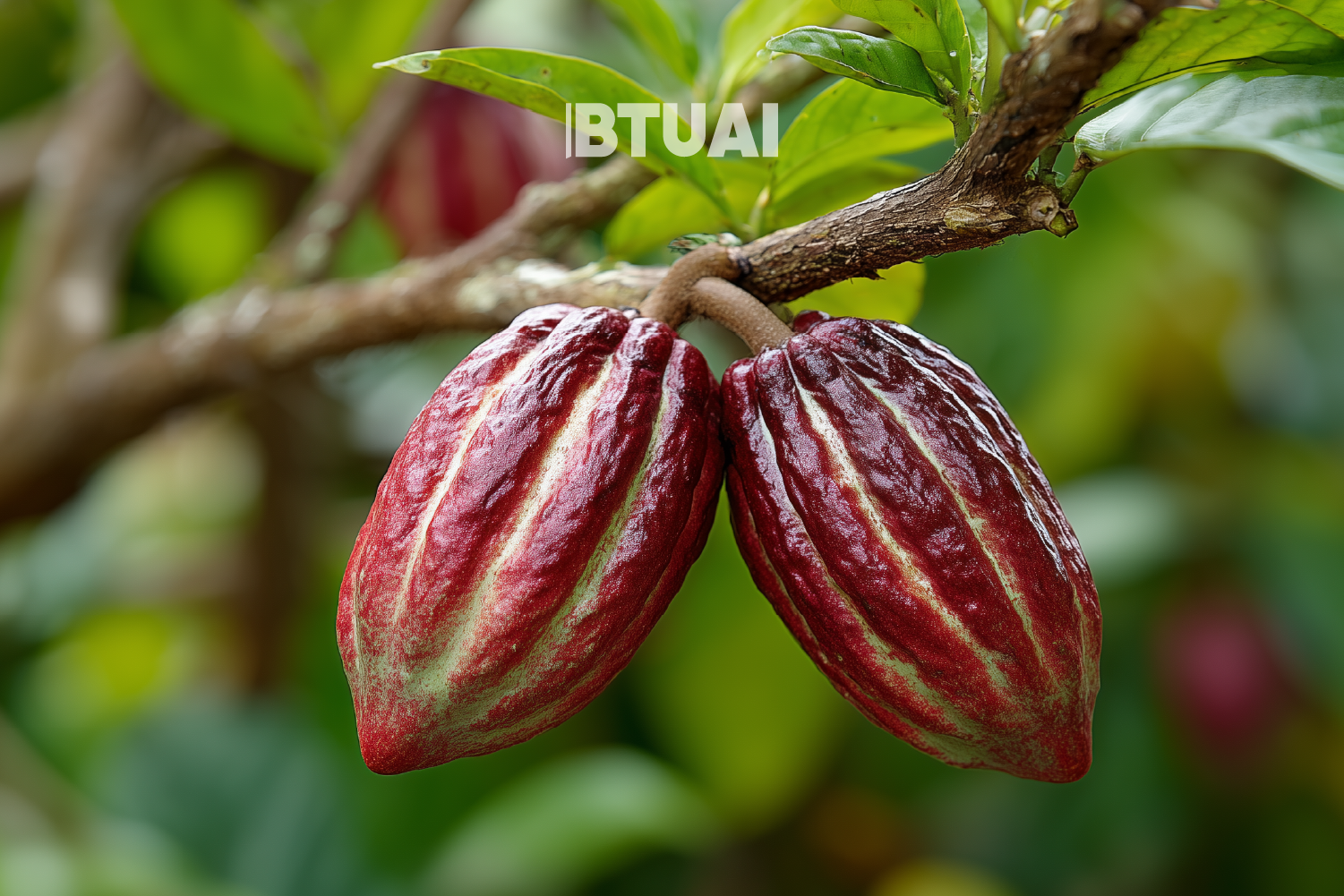The Growing Popularity of Non-Alcoholic Beer in Global and Georgian Markets
Non-alcoholic beer is steadily gaining popularity worldwide as a healthier and more lifestyle-friendly alternative to alcoholic beverages. Global trends

Non-alcoholic beer is steadily gaining popularity worldwide as a healthier and more lifestyle-friendly alternative to alcoholic beverages. Global trends indicate a continuous increase in the number of consumers who either avoid or reduce alcohol consumption, driving the expansion of non-alcoholic beer sales.
In 2023, the global non-alcoholic beer market reached $18.8 billion, and it is expected to grow by 5.3% by 2025 (Source: Statista). Consumer demand has particularly increased in countries where healthy lifestyles are becoming more popular.
The world’s largest beer producers have actively adapted to these demands. Giants such as Heineken, Budweiser, Guinness, and Carlsberg place significant emphasis on their non-alcoholic beer products. For example, Heineken 0.0, which was available in over 100 countries by 2023, has become one of the most popular products in the category.
Demand for non-alcoholic beer has also grown in markets where alcohol consumption is traditionally restricted. Saudi Arabia and the United Arab Emirates are among the largest importers of non-alcoholic beer.
In Georgia, the non-alcoholic beer market is still developing. In 2015, imports amounted to $339,000, while in 2024, they reached a record $834,000. However, this figure is significantly lower compared to the alcoholic beer market, where import and production volumes are much higher.
These numbers highlight the substantial growth potential for non-alcoholic beer in Georgia. The increasing consumer interest in healthy lifestyles, the influence of global trends, and the activity of foreign brands point to opportunities for growth in this segment. Additionally, the experience of countries like Germany and the Netherlands, where non-alcoholic beer accounts for 10% of the total beer market, demonstrates that similar trends could theoretically strengthen in Georgia as well.




